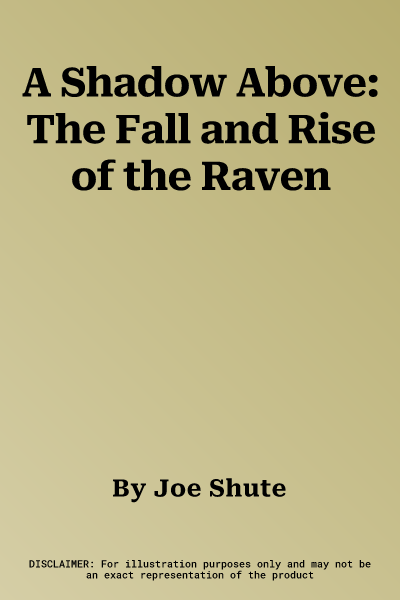A Shadow Above chronicles the return of the raven and the people who
have made that comeback possible.
For centuries, the raven Corvus Corax has stalked us in life and in
death. Excavations of Bronze Age settlements in Britain have revealed
raven bones mingled with human remains. The Viking and Norman warriors
that stormed these shores did so sporting ravens on their shields and
banners. By the 15th century the service the birds provided scavenging
and picking clean bodies on the streets of British cities led to their
protection, under the first-ever piece of nature conservation
legislation.
Yet by the 1700s this relationship between humans and the raven had
soured. The birds came to be regarded as vermin--representative of
something deeper and more visceral--and were driven out of towns and
cities with a hatred that moved into savagery. By the close of the 19th
century, ravens clung on only in the furthest outposts of the United
Kingdom--the southwest, west Wales, and the Scottish uplands--and this
remained the case throughout most of the last century, but the past
decade has witnessed a remarkable comeback. Raven numbers have increased
by 134 percent since the turn of the millennium and there are now well
over 12,000 breeding pairs across the country, with these moving ever
closer to human settlements.
The history of this bird embodies our best and worst impulses, and
symbolizes our deepest fears. Ravens became ingrained in our culture as
omens of death, and we projected our own deepest fears on to them.
Joe Shute's book chronicles the return of the raven, and the people who
have made that comeback possible. In it, he travels to every corner of
the UK, meeting those who have spent the past ten years recording every
sound and sighting, and showing why these birds reflect and provoke our
innermost feelings.

